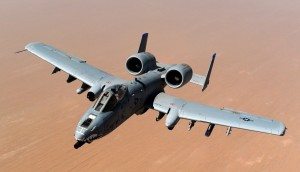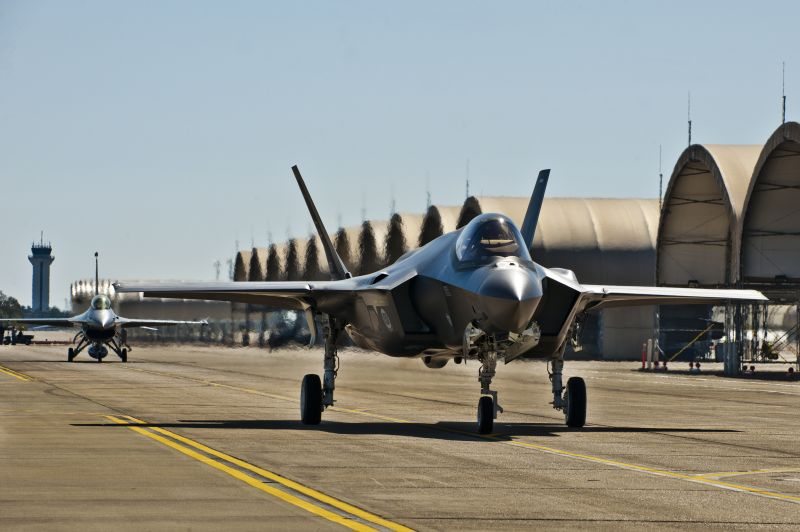At the heart of the Air Force’s plans to retire the A-10 is the question of whether the F-35 can take over the close air support mission. So far, there has been significant doubt that the F-35 will be able to provide the same or better close air support to troops in the meantime. Congress and independent auditors have roundly rejected the Air Force’s plan based on these doubts.
Now, the Department of Defense, heeding the advice of POGO’s Center for Defense Information and others, plans to test the F-35 against the A-10 for close air support missions.
As reported by Defense Daily (behind a paywall), the Office of the Director of Operational Test and Evaluation (DOT&E) is designing the test. Curt Cook, an air warfare specialist at DOT&E, told reporters the test would determine whether the F-35 has “a realistic airspace management control system that included the ground component, but also a dynamic problem on the ground that had to be solved.” It would measure effectiveness through “proportional measures,” like the fraction of weapons that hit the desired target, and “continuous measures, like how long it takes the forward air controller to pass information to ground troops, and how long it takes troops to act after receiving that direction.”

An honest test would almost certainly bolster the case for a specifically designed close air support mission aircraft, something Air Force headquarters has tried to rid itself of for years.
The evidence to date is that retiring the A-10 would create significant close air support capability risks and gaps, placing our ground troops in significant danger. A working group composed of A-10 pilots, F-16 pilots, and Joint Terminal Attack Controllers (JTACs)—all with combat-based knowledge in the air and on the ground of the CAS platforms and their shortfalls and risks—estimated that A-10 divestment would “cause significant CAS capability and capacity gaps for 10 to 12 years.” This would create training shortfalls, increase costs per flying hour, and sideline over 200 CAS-experienced pilots due to aircraft shortages.
It is irresponsible to retire additional A-10s until the F-35 or any another aircraft proves to be a more capable CAS platform. Congress should continue to reject divestment until this test is complete, preserving an essential capability and protecting troops’ lives.










